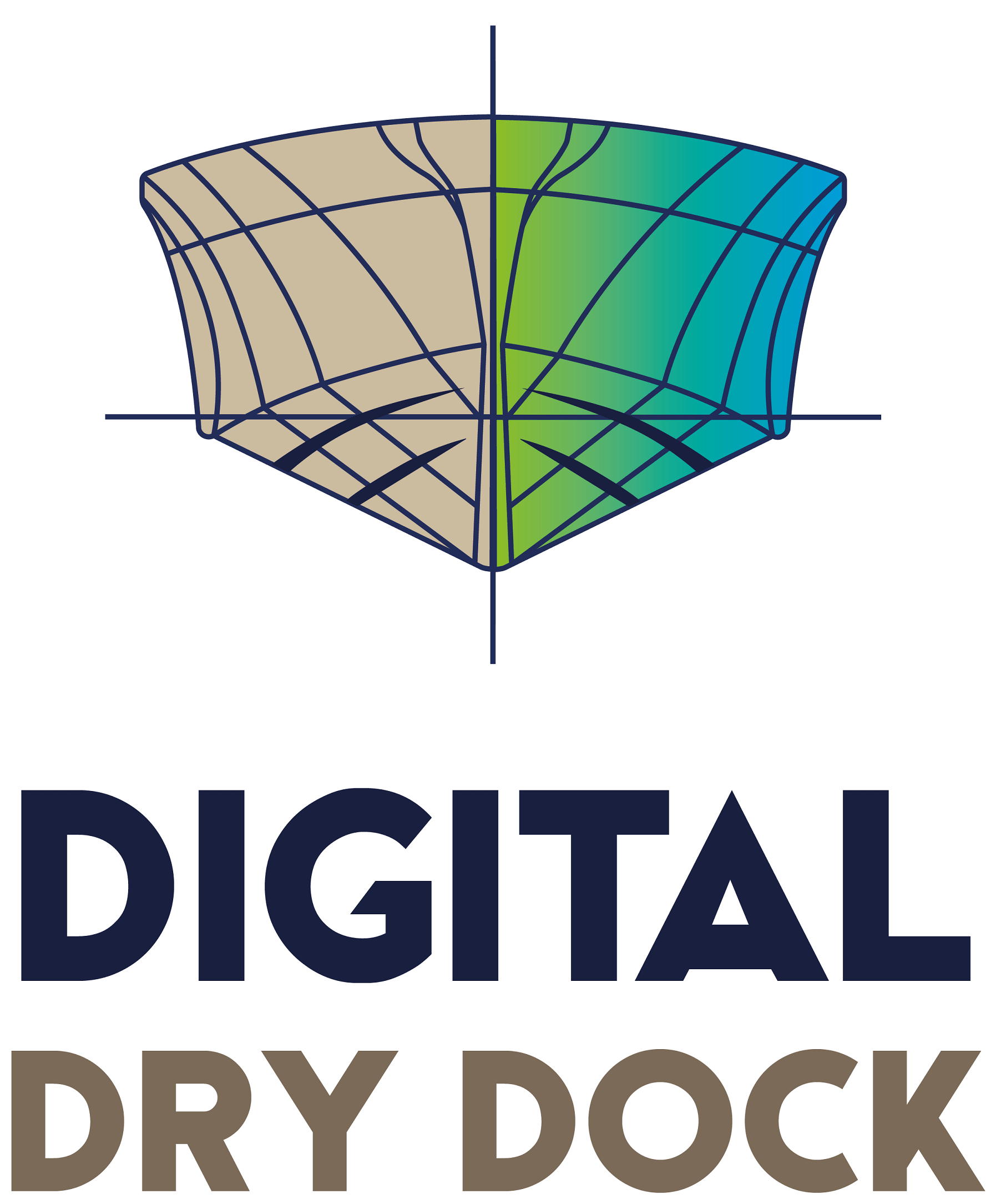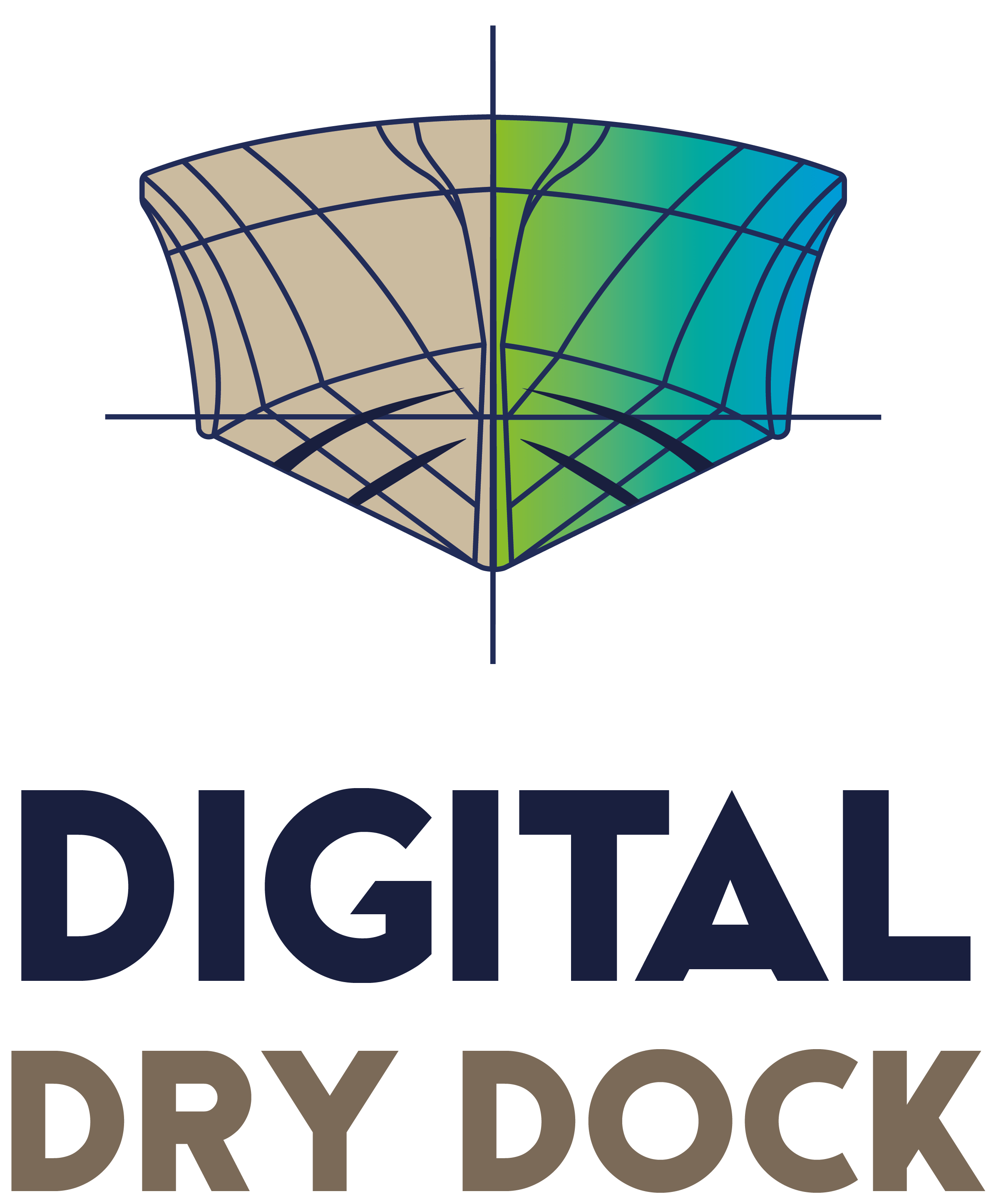3D Laser Scanning
Take a closer look at our technology.

No doubt we will use Digital Dry Dock again."

Instrument
Laser distance measurement (360 degrees in the horizontal field of view & 300 degrees in the vertical field of view). Up to 2 million measurements per second. Range of between 5 and 150 meters.
Additional sensors include HDR Photography, GNSS, COMPASS, VISUAL INERTIAL SENSOR, ALTEMETER.
Individual scans can take between 1 and 5 minutes to complete depending on the settings used.
Hand scanner (Creaform Handiscan 700)
Using hand scanners, sometimes in conjunction with manual measurements and existing 2D drawings, Digital Dry Dock are able to create 3D CAD models with exceptional accuracy. Here are some examples of parts we have scanned and manufactured in recent months, from toilet seats to complex rig and hatch components.
Accuracy
There are many factors that affect accuracy including: Surface texture (matt finish surfaces are best.), range, power of chosen scanner, access to view the object, resolution selection, geometry and overlap of the registered scans and many more.
The manufacturers of our most commonly used instrument quote an accuracy of +-3mm at 45m range. We normally scan within 10m of the object and have achieved sub millimeter accuracy in this range. Further accuracy and certainty can be gained by using two types of technology such as a total station combined with 3D Laser Scanner.
The speed of data collection, amount of data and the accuracy of such cannot be compared to manual methods. It is dependable, repeatable and highly accurate.
OUtput
Each scan will accurately map what is within its field of view using the laser distance measure to make a ‘point cloud’(A visual data set consisting of an extraordinary number of single point measurements that replicate what the scanner can ‘see’). Multiple scans can be aligned and joined together or ‘registered’ to create a comprehensive ‘digital twin’ of the surveyed object.
A laser scan can be followed by a photographic scan allowing photography to be overlaid on the point cloud. Useful for recording the condition of surfaces or producing VR tours of a vessel.


